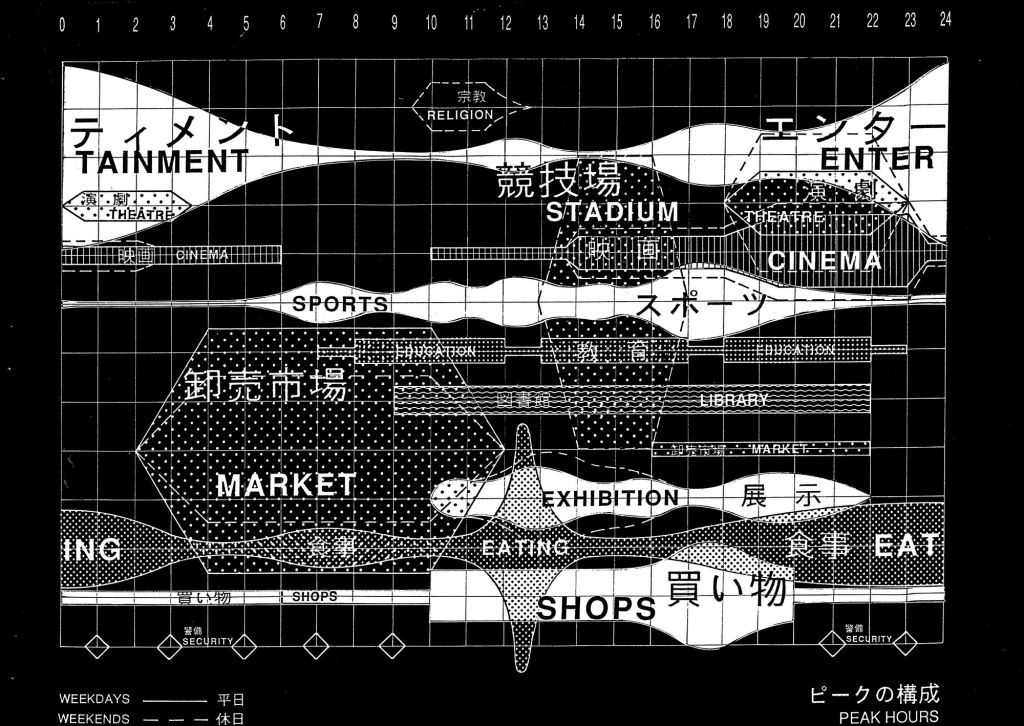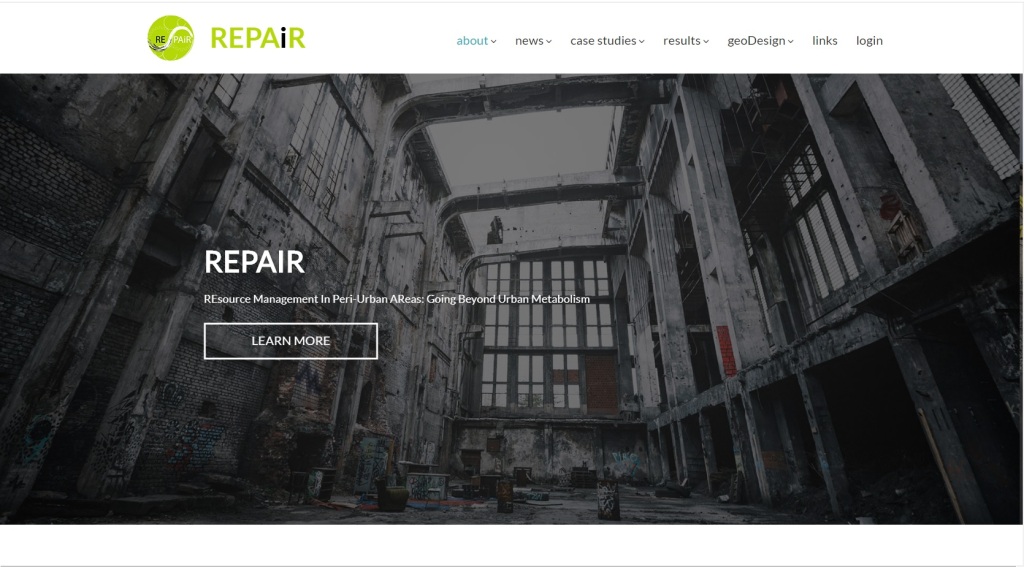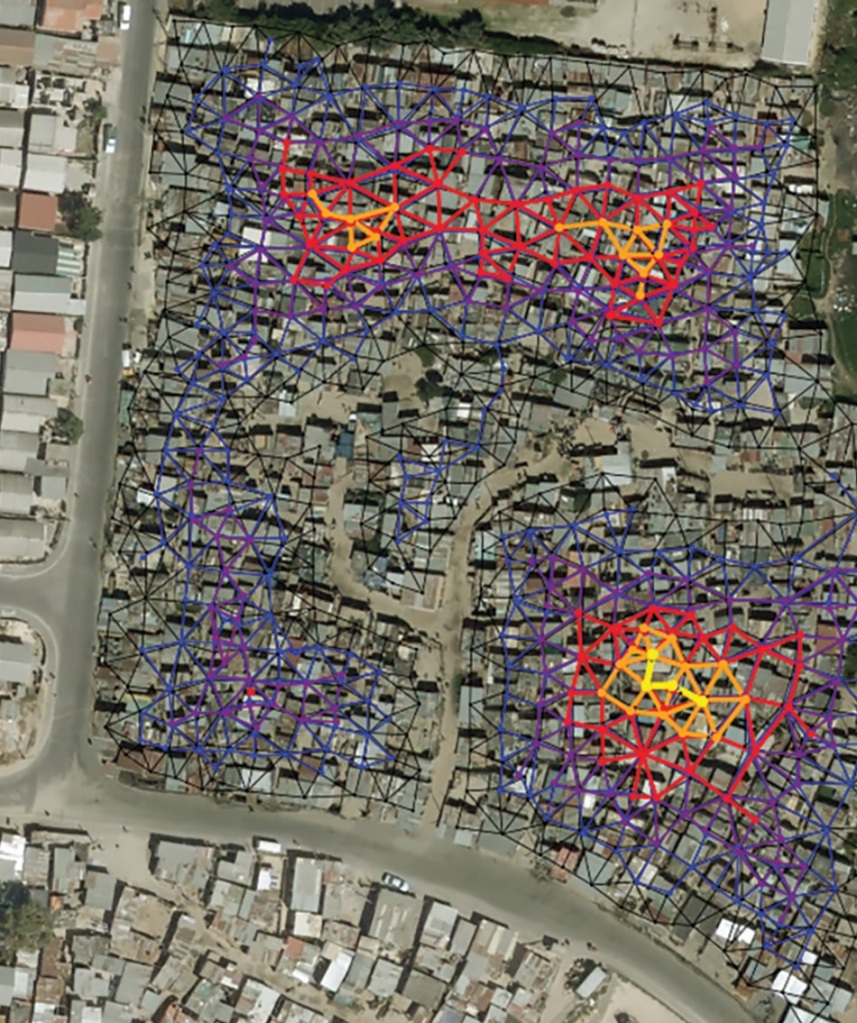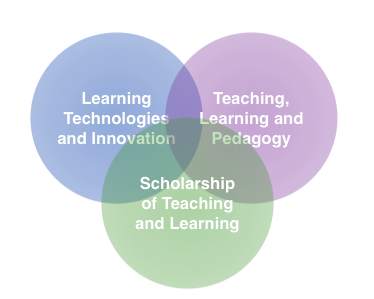ICSA 2025 | University of Antwerp, Belgium. 8-11 July 2025 | Restructuring Architectural and Engineering Education Special Session | Coordinators: Olga Ioannou (TU Delft), Maria Vrontissi (UTh), Bob Geldermans (UA) | Research topics: architectural and engineering education, learning in uncertainty, pedagogy
In July 2025, the 6th International Conference on Structures and Architecture takes place in Antwerp, Belgium. Chaired by professor Mario Rinke (University of Antwerp, Belgium) and professor Marie Frier Hvejsel (Aarhus School of Architecture, Denmark), the conference calls for a re-imagination of current practices regarding structures and architecture. The title of the conference “REstructure REmaterialize REthink REuse” underscores the aim to reassess the design and construction of our built environment with new settings and tools, in response to the pressing global climate and energy crisis.
As part of this international conference Olga Ioannou, Maria Vrontissi and Bob Geldermans teamed up to organise a special session, on architectural and engineering education. This session aims to bring to the foreground how learning is conditioned by the tensions of a world in flux. It further aspires to provide the space for reflection on the current positioning of education between pressing global environmental challenges and the opportunities that arise by research and design experimentation on/for the built environment. How can we as educators facilitate learning in these times of uncertainty? We are looking for contributions that discuss innovative educational practices in formal and/or informal learning ecologies as well as reflective papers on pedagogy and the shifting roles of educators and learners alike. For more information about this special session, please contact o.ioannou@tudelft.nl
SUBMIT AN ABSTRACT | Would you like to join this special session? Please submit an abstract before 28 February 2024. Contributions must be submitted in English and must include:
- the name of the author(s) and affiliation(s)
- the title and the main body of your abstract (max. 500 words)
- the topic of the session (select “Restructuring Architectural and Engineering education” for this special session)
- up to five keywords
Please ensure that you cover all relevant aspects in the abstract: the main research goal/question, context/current state of the research, methods/sources and the expected contribution to the field. All submissions are made through ConfTool (https://www.conftool.net/icsa2025/). You have to create an account in ConfTool, before you can submit your contribution.
IMPORTANT DATES
- Abstract Submission: 28 February 2024 (23:59 CET)
- Preliminary Abstract Acceptance: 15 May 2024
- Full Research Paper Submission: 30 October 2024
- Full Research Paper Acceptance: 15 February 2025
- Conference: 8-11 July 2025
PROCEEDINGS | The Conference Proceedings will be published by CRC Press / Balkema (Taylor & Francis Group). The papers will be reviewed by at least two members of the conference’s scientific committee. Proceedings will be sent for indexation by both Thomson Reuters and Elsevier.












